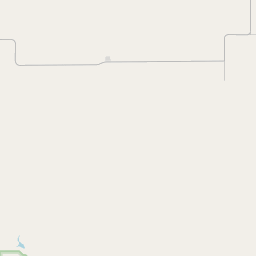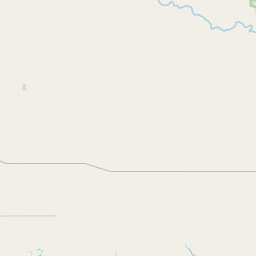Historic Cottonwood -(133 yards east to site of)
Historical marker location:
CR L, Canadian, Texas
( from Canadian, drive north on U.S. 60, turn right onto FM 2266, about 12 miles to Lake Marvin, turn left at fork at Lake Marvin entrance, at .7 mile turn to right down dirt road, continue .3 mile to marker site)
Marker installed: 1969
Marker size: 12" x 15" Tree Marker













© OpenStreetMap contributors
A landmark for pioneers on military and stage road nearby, 1870-1890. Over a century old, tree measures 21 feet around.
Recorded Texas Historical Landmark, 1969
About Texas State Historical Markers
As one of the most visible programs of the Texas Historical Commission (THC), historical markers commemorate diverse topics in Texas history, including: the history and architecture of houses, commercial and public buildings, religious congregations, and military sites; events that changed the course of local and state history; and individuals who have made lasting contributions to the state, community organizations, and businesses.
Loading...
Searching for other points of interest within 10 miles of this location.Texas is also home to the world's largest honky-tonk, Billy Bob's Texas in Fort Worth. The venue covers three acres and can hold up to 6,000 people.
About Hemphill County
Hemphill County Timeline
Hemphill County is located in the Panhandle region of Texas and has a rich history that dates back to prehistoric times. The area was initially inhabited by Native American tribes, including the Apache, Comanche, and Kiowa. These tribes thrived in the region for thousands of years, relying on the vast grasslands and abundant wildlife for sustenance.
In the early 19th century, European settlers began moving into the area, attracted by the fertile land and opportunities for ranching. Hemphill County was officially established in 1876, named after John Hemphill, a former Chief Justice of the Texas Supreme Court. The county played a significant role in Texas' cattle industry, with large ranches dominating the landscape. The arrival of the railroad in the late 1800s further contributed to the county's growth and economic development.
The county experienced some hardships over the years, including droughts, economic downturns, and challenges associated with World War II. However, it managed to persevere and adapt to the changing times. In recent years, Hemphill County has diversified its economy beyond ranching and agriculture, embracing other industries such as oil and gas exploration and wind energy production.
Today, Hemphill County continues to honor its Western heritage and is home to the Canadian River Valley Pioneer Museum, which showcases the history and culture of the region. With its scenic landscapes, vibrant communities, and historical significance, Hemphill County remains an important part of Texas' story.
In the early 19th century, European settlers began moving into the area, attracted by the fertile land and opportunities for ranching. Hemphill County was officially established in 1876, named after John Hemphill, a former Chief Justice of the Texas Supreme Court. The county played a significant role in Texas' cattle industry, with large ranches dominating the landscape. The arrival of the railroad in the late 1800s further contributed to the county's growth and economic development.
The county experienced some hardships over the years, including droughts, economic downturns, and challenges associated with World War II. However, it managed to persevere and adapt to the changing times. In recent years, Hemphill County has diversified its economy beyond ranching and agriculture, embracing other industries such as oil and gas exploration and wind energy production.
Today, Hemphill County continues to honor its Western heritage and is home to the Canadian River Valley Pioneer Museum, which showcases the history and culture of the region. With its scenic landscapes, vibrant communities, and historical significance, Hemphill County remains an important part of Texas' story.
Hemphill County Timeline
This timeline provides a concise overview of the key events in the history of Hemphill County, Texas.
- 1876 - Hemphill County is created by the Texas state legislature.
- 1887 - Canadian becomes the county seat of Hemphill County.
- 1890 - The first newspaper, the Hemphill County News, is published in Canadian.
- 1901 - The Panhandle-Plains Land Bank is established in Canadian.
- 1909 - The first courthouse in Canadian is completed.
- 1928 - The first oil well is drilled in Hemphill County.
- 1941-1945 - Hemphill County contributes to the war effort during World War II.
- 1960s - The oil industry experiences a boom in Hemphill County.
- 1995 - The Canadian River Municipal Water Authority is formed.
- 2010 - Hemphill County celebrates its 100th anniversary.